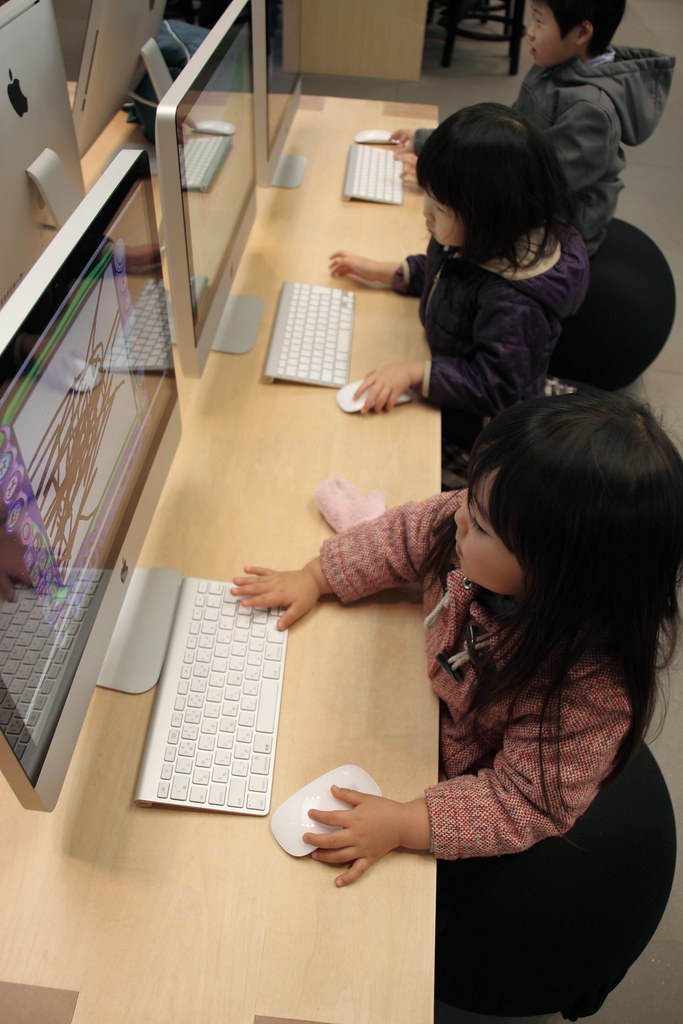The world is changing rapidly, and so is the way we learn. With the advancements in technology, education is no longer confined to textbooks and chalkboards. The use of gadgets has revolutionized the way we learn, making it more interactive, engaging, and accessible. Emerging educational gadgets are taking the education industry by storm, and this article aims to explore their impact on the future of education.
Virtual Reality in Education
Virtual reality (VR) is a technology that allows users to experience a simulated environment through a headset. In education, VR can be used to create immersive learning experiences. Students can explore historical sites, travel to different parts of the world, and even visit outer space without leaving the classroom. VR is an excellent tool for engaging students and making learning more interactive.
Wearable Technology
Wearable technology includes devices like smartwatches, fitness trackers, and smart glasses. In education, wearable technology can be used to monitor students’ physical activity and track their progress. Wearable technology can also be used to provide students with real-time feedback, enabling them to adjust their learning accordingly.
Augmented Reality
Augmented reality (AR) is a technology that superimposes digital images onto the real world. In education, AR can be used to create interactive learning experiences. For example, students can use AR to explore the human body, view historical artifacts, and learn about animals and plants.
Interactive Whiteboards
Interactive whiteboards are a type of touch-sensitive display that can be used to display and manipulate digital images. In education, interactive whiteboards are used to make lessons more interactive and engaging. Teachers can use them to display and annotate images, videos, and other multimedia content.
Smart Pens
Smart pens are digital pens that capture handwritten notes and convert them into digital text. In education, smart pens can be used to capture notes during lectures and automatically upload them to the cloud. This makes it easier for students to organize their notes and access them from anywhere.
E-Readers
E-readers are electronic devices that allow users to read digital books and documents. In education, e-readers can be used to provide students with access to textbooks, articles, and other learning materials. E-readers are lightweight and portable, making them an excellent tool for students who need to study on the go.
Educational Drones
Drones are remote-controlled aircraft that can be used for a variety of purposes. In education, drones can be used to teach students about geography, science, and technology. For example, drones can be used to capture aerial images of the earth’s surface, study wildlife, and explore inaccessible areas.
3D Printing Technology
3D printing is a technology that allows users to create three-dimensional objects from digital files. In education, 3D printing can be used to create physical models of objects, making it easier for students to understand complex concepts.
Robot-Assisted Learning
Robots can be used in education to provide students with personalized learning experiences. Robot-assisted learning can be used to help students with special needs, provide language learning opportunities, and teach programming and engineering concepts.
Gamification of Learning
Gamification involves incorporating game elements into non-game contexts, such as education. In education, gamification can be used to make learning more engaging and interactive. Students can earn points and badges for completing tasks, compete against each other, and participate in collaborative games.
FAQs:
Q: How do educational gadgets benefit students? A: Educational gadgets make learning more interactive, engaging, and accessible. They provide students with personalized learning experiences and make it easier for them to understand complex concepts.
Q: Are educational gadgets expensive? A: Educational gadgets can be expensive, but there are also affordable options available. Some schools and universities also provide students with access to educational gadgets.
Q: How can teachers incorporate educational gadgets into their lesson plans? A: Teachers can incorporate educational gadgets into their lesson plans by using them to create interactive and engaging learning experiences. They can also use educational gadgets to provide students with personalized feedback and monitor their progress.
Q: What are the challenges of using educational gadgets in education? A: Some of the challenges of using educational gadgets in education include the cost of the gadgets, the need for training and support, and the potential for distraction and misuse.
Q: What is the future of educational gadgets? A: The future of educational gadgets is promising, with new technologies emerging all the time. It is likely that educational gadgets will become more affordable, accessible, and integrated into traditional learning environments.
Conclusion:
The use of educational gadgets is transforming the way we learn and teach. Emerging technologies like VR, AR, wearable technology, and smart pens are making learning more interactive, engaging, and personalized. As technology continues to advance, we can expect to see even more innovative educational gadgets that will revolutionize the education industry.
